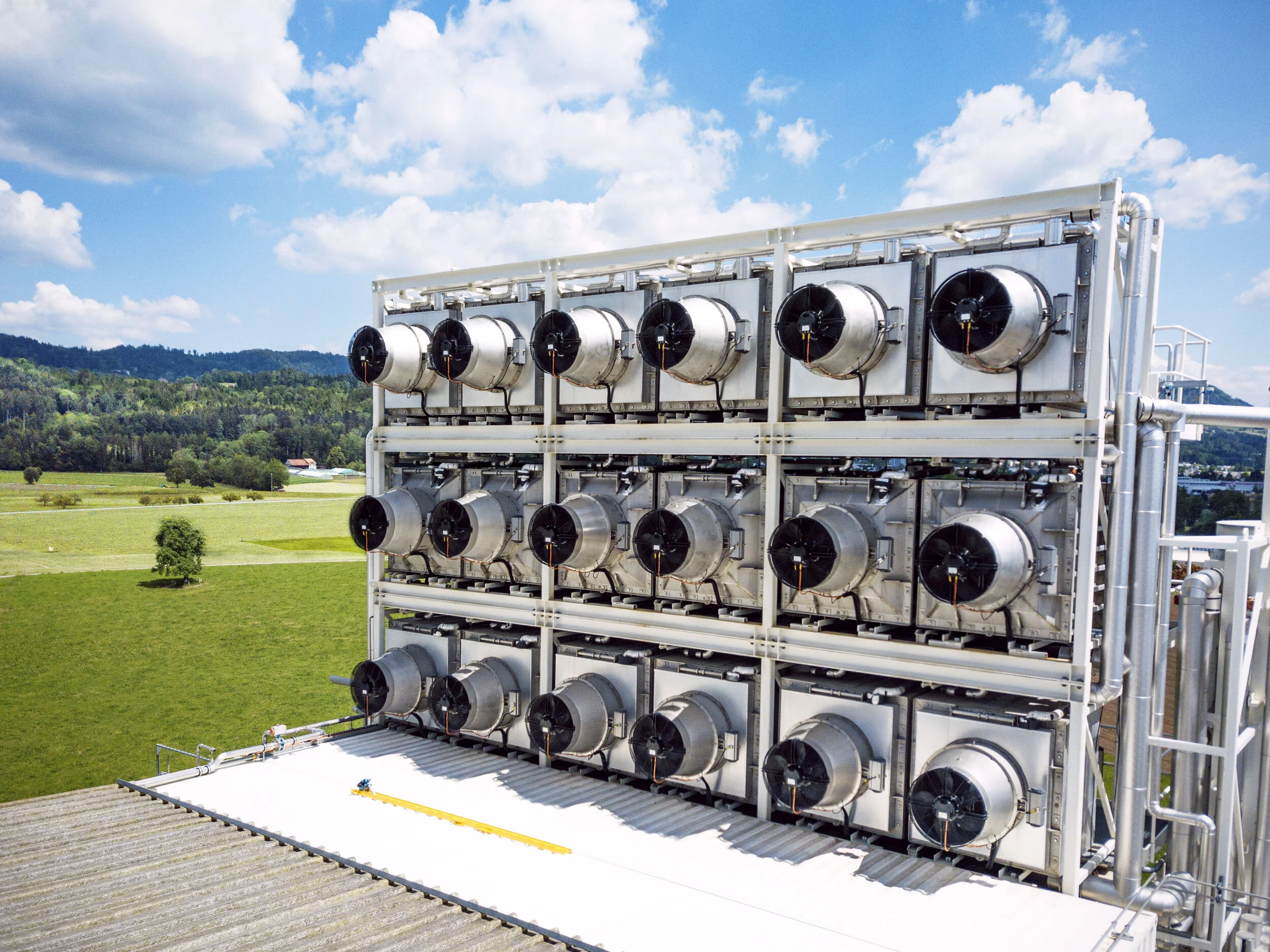At SVTplay program, Vetenskapsvärld (the world of science), you can now watch a documentary (in Swedish) about the technology that seeks to solve the climate crisis. The question asked is, if technology can stabilise the climate again?
For all non-Swedish speakers, here comes a summery:
We are currently emitting 37 gigaton CO2 into the atmosphere every year. If you add all the carbon that has been released into the atmosphere we’re talking about 1000 gigaton CO2 since pre-industrial time. If we want to halt the effects of climate change we need to stop emitting CO2 and we need to start finding ways to reverse the climate balance by storing CO2.
“There’s 3 trillion trees on the planet. More than stars in the universe.”
Some of the technologies and companies presented are:
CO2 capturing by Climeworks (that sucks CO2 out from the atmosphere). The vision is to capture 400 million tons CO2 (1% of the atmosphere).
Capturing CO2 and then turned it into metanol liquid (also in relation to Climeworks, by energy from solar power). It can be used for transportation resulting in neutral CO2 emissions (since the carbon is captured from air and released into the air). If all climate neutral fuel projects, that is currently being tested, can be and will be used, they can lower the carbon footprint per year with 1 billions of tons.
Carbon storage methods, such as those presented by Xprize. One of the technologies wants to lower the carbon footprint of cement production (8% of global footprint comes from cement production) by storing carbon and turn it into a material that can be mixed with other materials for cement production. If 20-30% of the cement would use this method a larger part of the yearly 37 gigaton would be cut.
Despite these promising technologies and even if they are scaled up to largest possibility, they won’t be able to capture all the 37 gigaton released every year. But in combination with moving away from fossil based energy into renewable energies, we can actually stop emitting CO2.
But that doesn’t mean that the problem is solved. We still need to capture more CO2 even if we do not emit anymore.
Other technologies presented to deal with this problem is:
Adding sea salt particles to clouds to increase the reflection of sunlight (with the purpose to cool the planet). It’s going to take 15-20 years to know if this method works and its side effects.
Increase of forests to capture as much CO2 as possible. NASA has developed a method to measure the carbon storage of a forest. There’s currently 3 trillion trees on the planet. More than stars in the universe (based on what we know).
One can wonder if tree planting really is a technology, but to be able to know which trees to plant where, technology is a good tool to maximise carbon storage, biodiversity and in combination with socio-economic development too.
These new technologies won’t solve the climate crisis, it’s the combination of technologies and new practices that’s going to highly reduce the emissions. But in the end, we all need to change they way we live and the structure of our society since demand is increasing and technology is currently not keeping up.



